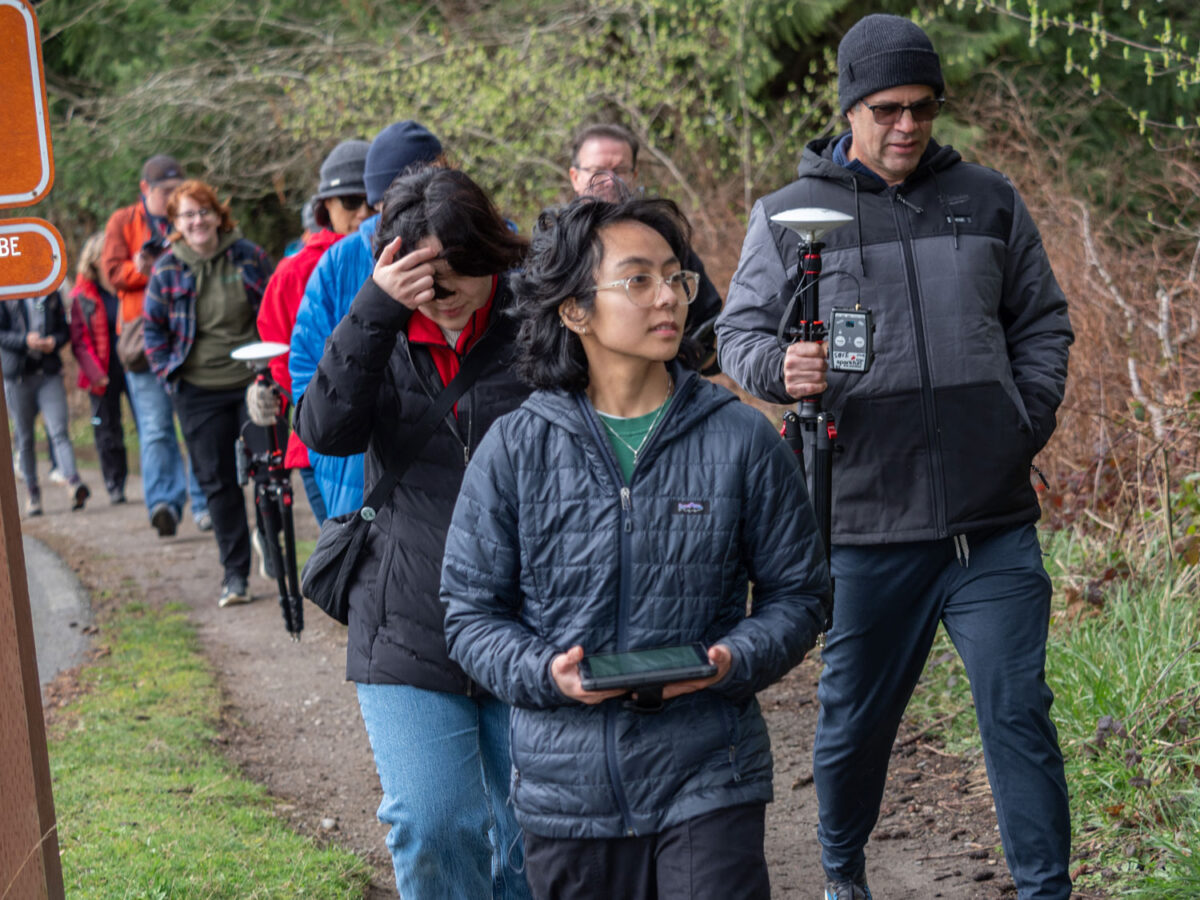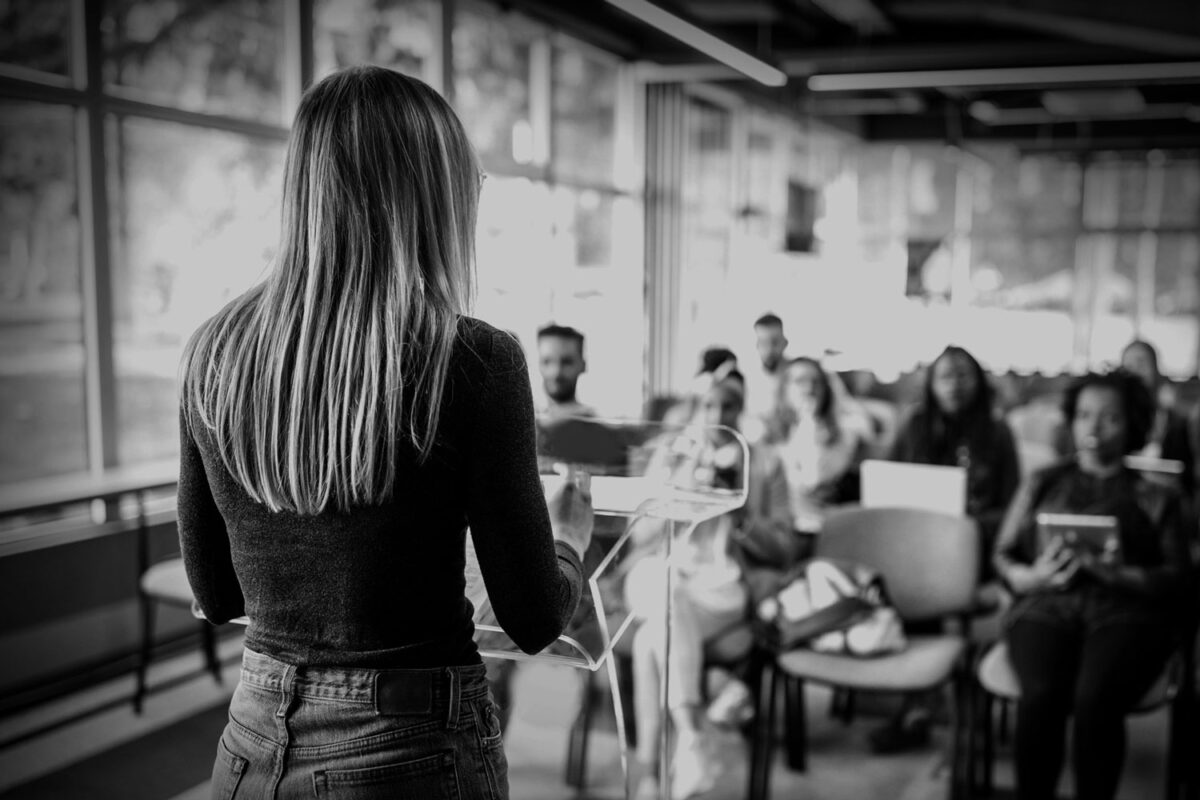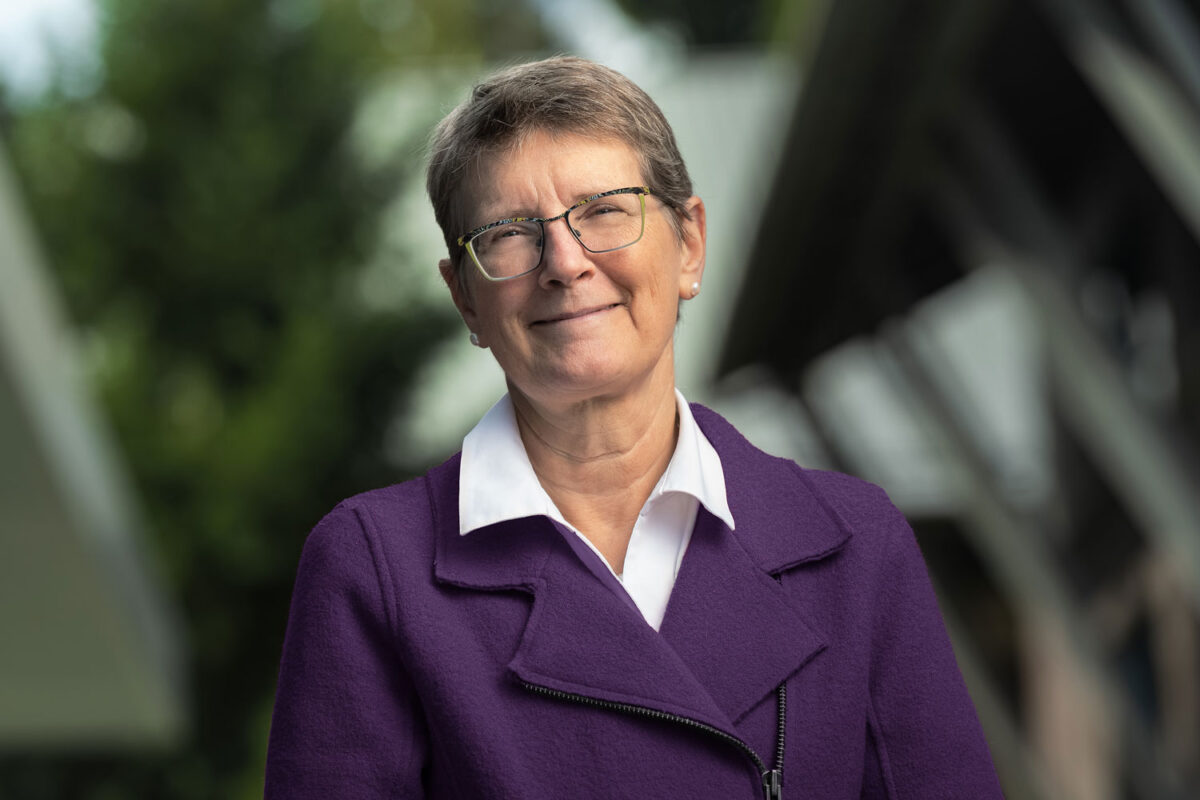What was it like to hear I would be receiving the College of William & Mary Alumni Medallion — the highest and most prestigious award that the college’s Alumni Association confers? The first sensation was, “Whoa, what? Me?” The second sensation was the realization that it took 78 years of perpetual motion to reach this point.
The nth sensation remains that I still have to put on my pants leg-by-leg as I wonder what impact I must be making.
Founded in 1693, the College of William & Mary in Virginia is the humble and extraordinary, second-oldest college and very first university in the United States boasting the likes of our nation’s Founding Fathers — including George Washington, Thomas Jefferson, James Monroe and John Marshall — as alumni. NFL coaches Mike Tomlin (Pittsburgh Steelers) and Sean McDermott (Buffalo Bills) are also alumni. And, while Washington, Jefferson, Monroe, Marshall and others did indeed play major roles as architects of our nation, one cannot ignore they were all major enslavers of African Americans.
Receiving the medallion has filled me with an immense sense of gratitude, not only for the award but for all the people in my life who have contributed to my well-being and my success. The list is vast, and it includes my life partner Cate; my grandchildren; friends; meditation guides; new and old colleagues; and the many students I have encountered along the way. It also includes people I’ve never met, such as my ancestors and early philosophers whose experiences and wisdom mark my path. One not-so-secret secret I’ll share is that I look at everyone as a teacher/mentor, knowing I will learn something from our interaction.
This occasion has also given me pause to reflect on my life and the possible experiences and events that might have led to the honor.
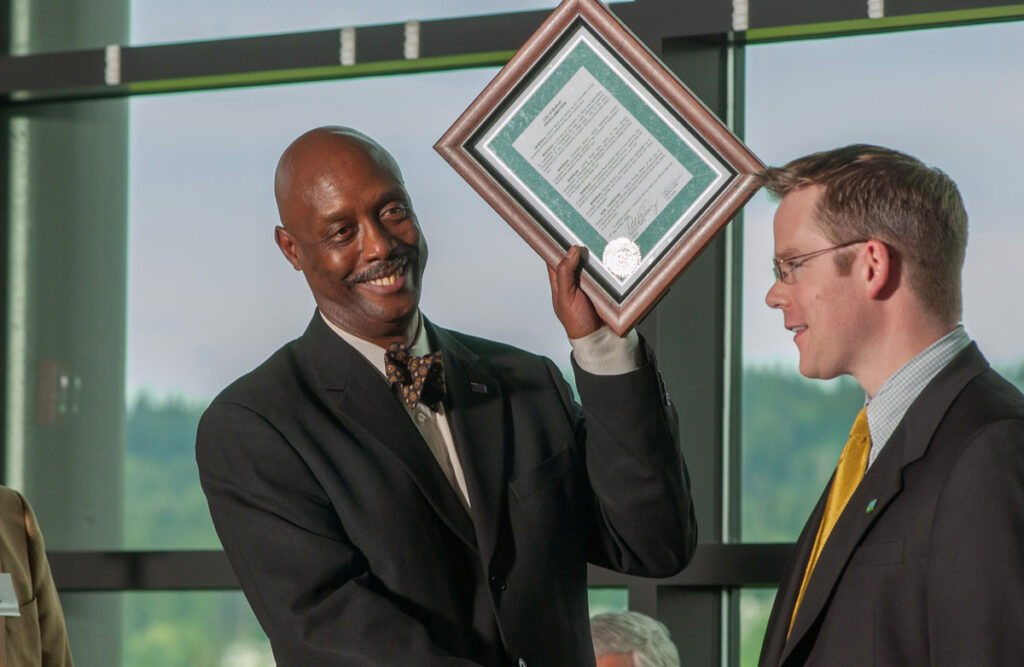
Was it the time I was sworn in as an Eagle Scout at the age of 16 or the time I was a member of a first-place high school relay team at the Penn Relays, the oldest track competition in the U.S.? Was it the time during the sixth grade in inner city Washington, D.C., when I helped remove a racist policeman from his beat?
Was it being the first Black sailor to race my own or any sailboat at the Tampa Bay Yacht Club?
Was it the doctorate I received from William & Mary as its first Black physics graduate after being a campus radical and being the founding president of its Black Student Organization?
Maybe it was when I was in the Atlantic Ocean dumping sails just in time to meet an oncoming squall that was so full of rain and wind that the sea waves simply flattened out. The rain was nearly horizontal when it hit my face, slashing my skin as we drifted in the squall in the dark. When it blew over, sails were hoisted so as to return to course. Patience, confidence and stillness in the midst of a storm… Was making a cup of tea at a time of danger worthy of future recognition?
Perhaps it was learning to scuba dive and paint oils of the marine world while sitting on the ocean floor. Art. More art.
Or was it building the multimillion-dollar Center for Nuclear Physics Research and Training, a high-energy nuclear physics research center of excellence at Hampton University, an HBCU (Historically Black College or University)? The center was a major partner in building and administering the Jefferson Lab in Newport News, Virginia, known for its superconducting electron-accelerating technology.
Maybe it was giving physics talks around the world. Or possibly the Hampton University Graduate Studies I created in 1986 at the Continuous Electron Beam Accelerator Facility summer school that is still running today.
Was it the sitting, just sitting with my mother’s father enjoying the sound and visuals of the woods of central Wisconsin?
Did serving on various boards cause this recognition? Locally, United Way of King County, chambers of commerce and the Northwest University for Health Sciences. I have served on several at William & Mary, including its Board of Visitors, and chaired the working group that created recommendations and imperatives for naming and renaming buildings and structures that were named after unrepentant enslavers, particularly Confederate Army officers.
In the case of the Founding Fathers, structures named after them were not changed, but their practice of enslaving humans was acknowledged and noted to broaden our understanding of our complex history.
Aspects of our nation’s founding persist. Making money with cheap labor should ring a bell.
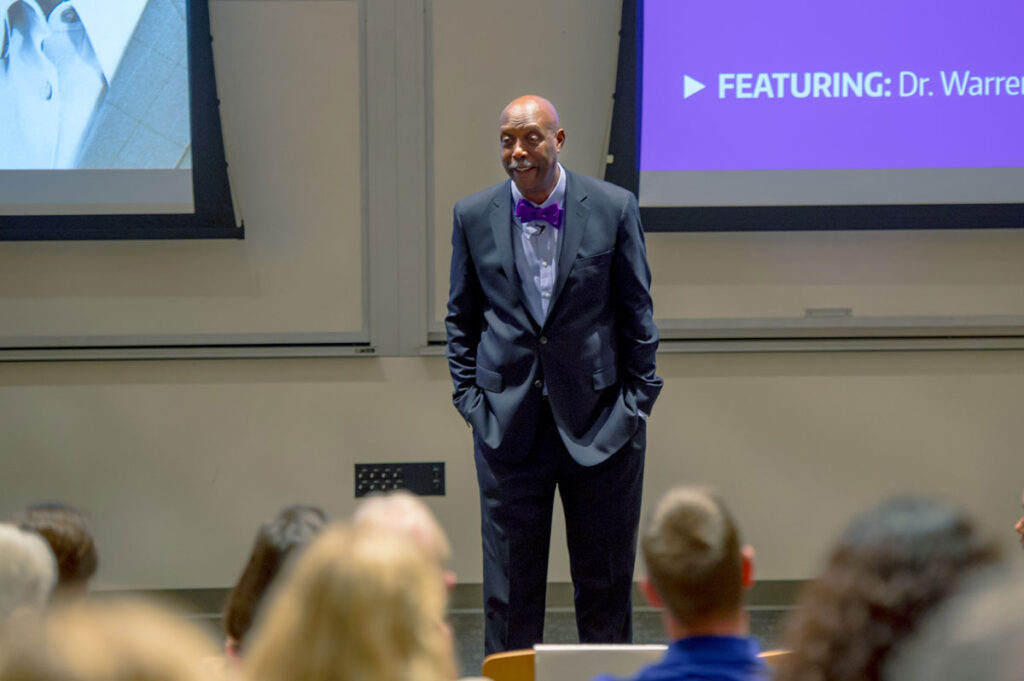
Was it my contribution to the early UW Bothell campus as its first chancellor? Creating the administrative model we have today, restoring the wetland, producing documents that govern our co-location with Cascadia College and transforming UW Bothell from only upper-division courses to a fuller curriculum that brought lower division classes to campus for first-year and sophomore students and allowed Cascadia Community College to become Cascadia College? My administration also took the first steps in planning and developing the south campus road and wall project, bringing in funding with the help of then-Congressman Jay Inslee.
When I stepped down as chancellor, I returned to the faculty and led the effort to create the School of STEM. Perhaps that was important enough to be recognized by William & Mary.
Ahhh, but the meditation practice, the grandchildren and sailing Puget Sound and the Salish Sea give further depth to living.
So many rich opportunities, so many experiences that could have led to this esteemed honor for which I am profoundly grateful.
In a universe — certainly our very Earth with plants, insects, animals and nine billion human inhabitants — that is vastly unknown but not without supposition, presumption and theories, how do we know what path to take in our lives? There is so much to consider that trying to decipher how to handle the complex environment we live in can easily be overwhelming. Who or what do we turn to for insight?
I find that trusting my internal heartfelt compass can be of considerable help in deciding how I might move. Filtering out things that others would like for me to do and doing the things I like has guided me throughout my life. The more I do those things, the more confident I become.
Taking a chance on a direction because it feels right and sticking with that inner drive: Many times, people would tell me that what I wanted to do was not possible even if they had not done that thing themselves. How do they know that it’s impossible for me?
I fondly recall when I was planning to take a trip with a bus full of Boy Scouts from Washington, D.C., to hike in the famous Philmont Scout Ranch in northern New Mexico. A neighbor across the street from where I grew up who had been there the year before told me not to go because there was “nothing there.” I talked with my mother about what he said, and she told me, “He found nothing there, but you may find a lot there.” I saved up my Washington Post paper route money, and my brother and I went. It was one of the most rewarding experiences of my life.
To the students of UW Bothell, I am here to tell you to expect the unexpected, to look for what others might miss. Follow your inner compass and do what feels right, what IS right, for you and for your community. Surround yourself with mentors and be one yourself. Remember that the seemingly impossible is possible. Keep your thrust toward your goals. And when faced with chaos, take time to find your ground so you can return to course stronger and better than you were before. Patience, confidence and stillness.
Dr. Warren W. Buck is chancellor emeritus at UW Bothell and a professor of physics emeritus in the School of STEM. Active on campus and in the community, he is a proud grandfather, an avid yachtsman, a prolific artist and a long-term meditator.
The Alumni Medallion presented by the College of William & Mary’s Alumni Association recognizes alumni in three distinct categories: dedication to and support for William & Mary; exemplary accomplishments in their professional lives; and leadership in civic engagement in their communities, states or nations. Watch a recording of the 2025 ceremony.


